【Chronic Pain Special Topic】Tailor-made management plan Exercise stretching and pain coexist
[ad_1]
Text: Zhu Lingyun Photo: Lai Junjie “Ming Pao”
(Hong Kong News) As we grow older, bone pain all over the body is a common warning sign of the body.
Zhang Jiazhen, who has been working at a food stall in a market for many years, was deeply affected by it. She tried to be so painful that she could not sleep well.
She doesn’t want to go back in time to her young years, she just wants to learn to live with the pain, and take into account her interest in work and dancing.
Medical practitioners launched the “‘Pain’ passer-by partner pain management plan”, including pain assessment, one-on-one physical therapy and exercise therapy, serving low-income people aged 55 and over. The plan lasts for 4 to 6 months, Jia Zhen Participating in the project earlier, community physiotherapist Li Yanting and fitness coach Tan Sizhe (Zhe sir) teamed up to create a tailor-made pain management plan.
Insufficient joint muscles
Although she has been dancing for more than 10 years and has regularly participated in Lajin classes in recent years, Jia Zhen’s pain has not improved significantly. After assessment, Li Yanting found that her work at the food stall had caused her joint strain. In addition to tight muscles, she also suffered from insufficient muscle mass. When encountering chronic pain, people around you may just say “don’t work too hard”. However, the reporter had an in-depth conversation with Jia Zhen, and found that both work and dancing are the necessities of her life, and she hopes to learn how to save herself when pain strikes, so that her wonderful life will not be hindered.
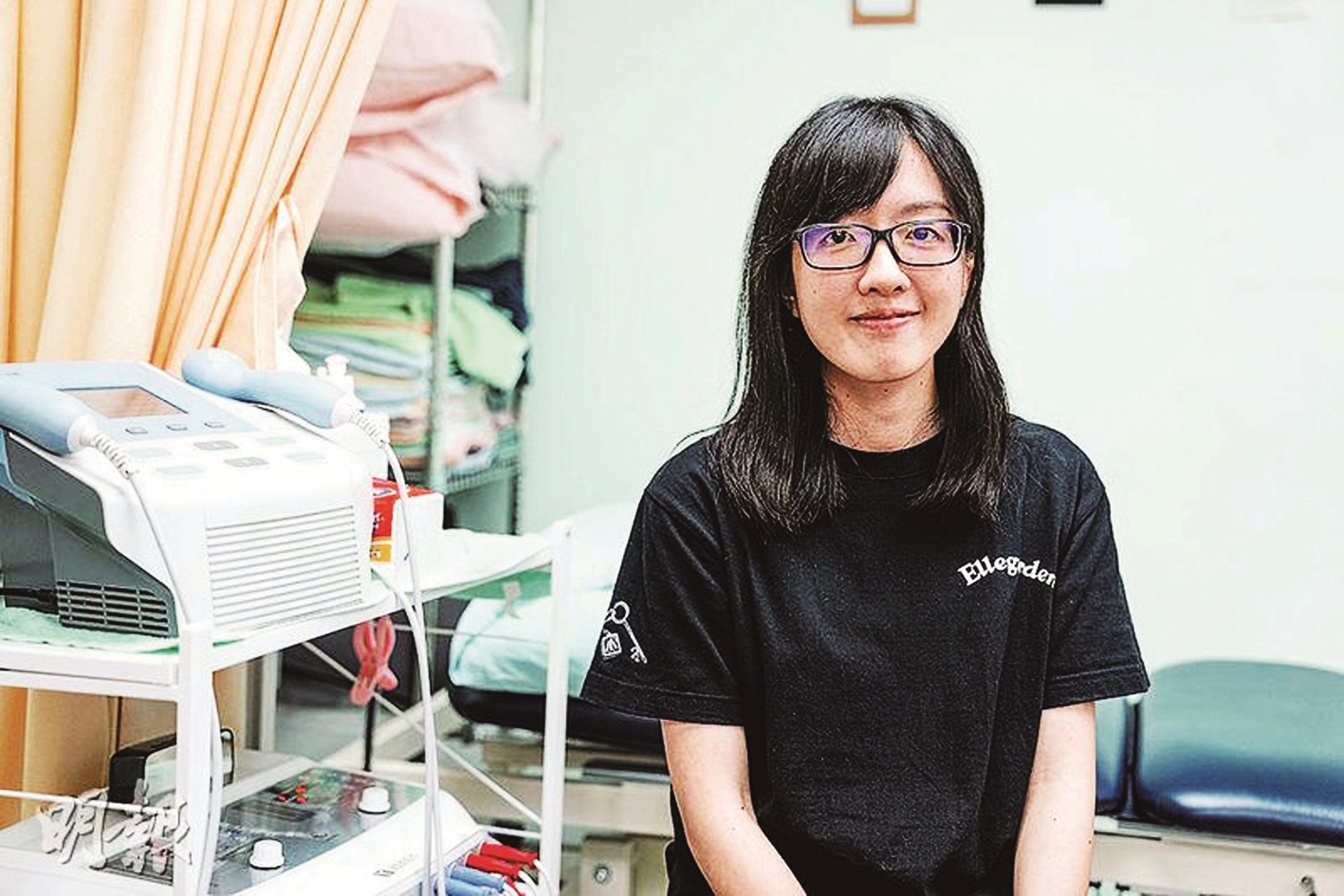
Home=Jia Zhenji=Reporter Li=Physiotherapist Li Yanting
1/ Standing work needs to lift goods
Reporter: What do you do at the food stall in the market?
Home: Standing from 7:00 am to 1:00 pm, when someone buys something, they weigh it, and when no one buys it, they move it. This one is better, and we don’t need to move it in many cases, but we moved a lot last time. For example, cabbage and choy sum are relatively light, ranging from 20 jin (about 12 kg) to 224 jin (about 14.4 kg) at most, and choy sum sometimes weighs 28 jin (about 16.8 kg).
Reporter: How much day labor do you do in a week? What activities do you do after work?
Home: Do 7 days a week, because there are no holidays. I just got back from a trip and did it for 11 days. Once I get used to it, I don’t find it hard. I took a half-month break before, and it seemed very decadent.
In fact, I want to do half a day and play for half a day. Like dancing at 3 o’clock in the afternoon yesterday, after lunch, take a nap in the car to dance, dance until 6 o’clock, and go home after dinner with friends in the evening.
2/ Feet are sore and weak, unable to walk
When Jiazhen started to have pain, she couldn’t tell the exact time. Having worked in a vegetable stall for decades, she gradually suffers from pain, and the worst thing is that she loses the joy of life.
Home: I entered the industry at the age of 14, and I am 67 years old this year. It hurts when you are young, but you can stand it when you are young. I used to work as a stall at 7 o’clock in the morning, and I didn’t go home until 11 or 12 o’clock in the evening. At that time, I could stand it and sleep until the next morning, but I really couldn’t do it now.
Reporter: How will the pain be when it is the worst?
Home: I tried it 7 or 8 years ago. My feet were so painful that I couldn’t walk, and my whole body seemed like a robot and couldn’t move. Can’t sleep at night, can’t move shoulder when lying down. When I go to the toilet, I have to hold on to both sides. My feet seem to be limp and weak.
Reporter: Is the pain related to the work at the food stall?
Li: When Jia Zhen first came here, her knees hurt. Standing all day at work puts a lot of load on her joints. We also have to move the goods, and the strain is accumulated along the way. There was no interventional treatment before, and no special exercise or strength training to alleviate the problem, so the problem will get bigger and bigger.
As you get older, in fact, there is a little degeneration, and muscle mass will be lost. Especially when there are no muscles to support the feet, the force of daily activities such as walking stairs will take off the joints, and the load on the joints will be even greater, which will easily cause pain.
3/ Stretching takes time to adapt
Reporter: What methods have you tried before to improve the pain?
Home: I went to acupuncture, chiropractor, etc., and participated in 10 (treatments), and every time I came back, the pain was the same. I did not go after 7 times. I really spent a lot of money. The worst thing was the year I injured my hand. I saw a doctor many times, but it was not good. I just couldn’t make up my mind, if people say that the teacher there is good, I will go to Lajin.
Q: What was your previous exercise habit?
Home: The one who didn’t do any exercise was because I was told to do stretching since I hurt my hand and felt pain all over my body. I have attended the Lajin class for the past two or three years. At the beginning, the class was very boring. I used to do the same movements, and I felt very bored. But then I learned from another teacher, and the movements were different in each class.
Reporter: What is the difference between Lajin classes and here (medical practitioners)?
Home: I go to Lajin every Wednesday, it’s hea’s (lazy). What the teacher taught was the same as what Sir Zhe taught, but Sir Zhe was more careful. The teachers there couldn’t take care of so many students, and there were nearly 30 people attending the class together.
Reporter: Why do you insist on doing Lajin?
Home: No, I didn’t want to do Lajin at first. In the beginning, the tendons were very tight and it was very painful to pull. After two or three days of stretching, the position became loose and it was effective, so I thought about stretching.
Li: Especially if I don’t do any special exercise myself, I always have to spend time doing it. It hurts after doing it, and the body has not yet adapted to it, which is a difficulty. The electrotherapy machine once worked, but if it didn’t work by itself, I wouldn’t insist on it, but in fact, it’s all about maintaining it.
Jia: It was really difficult at the beginning, but after finishing it, it seemed to be pretty good. Most of the time you really have to rely on yourself to do sports.
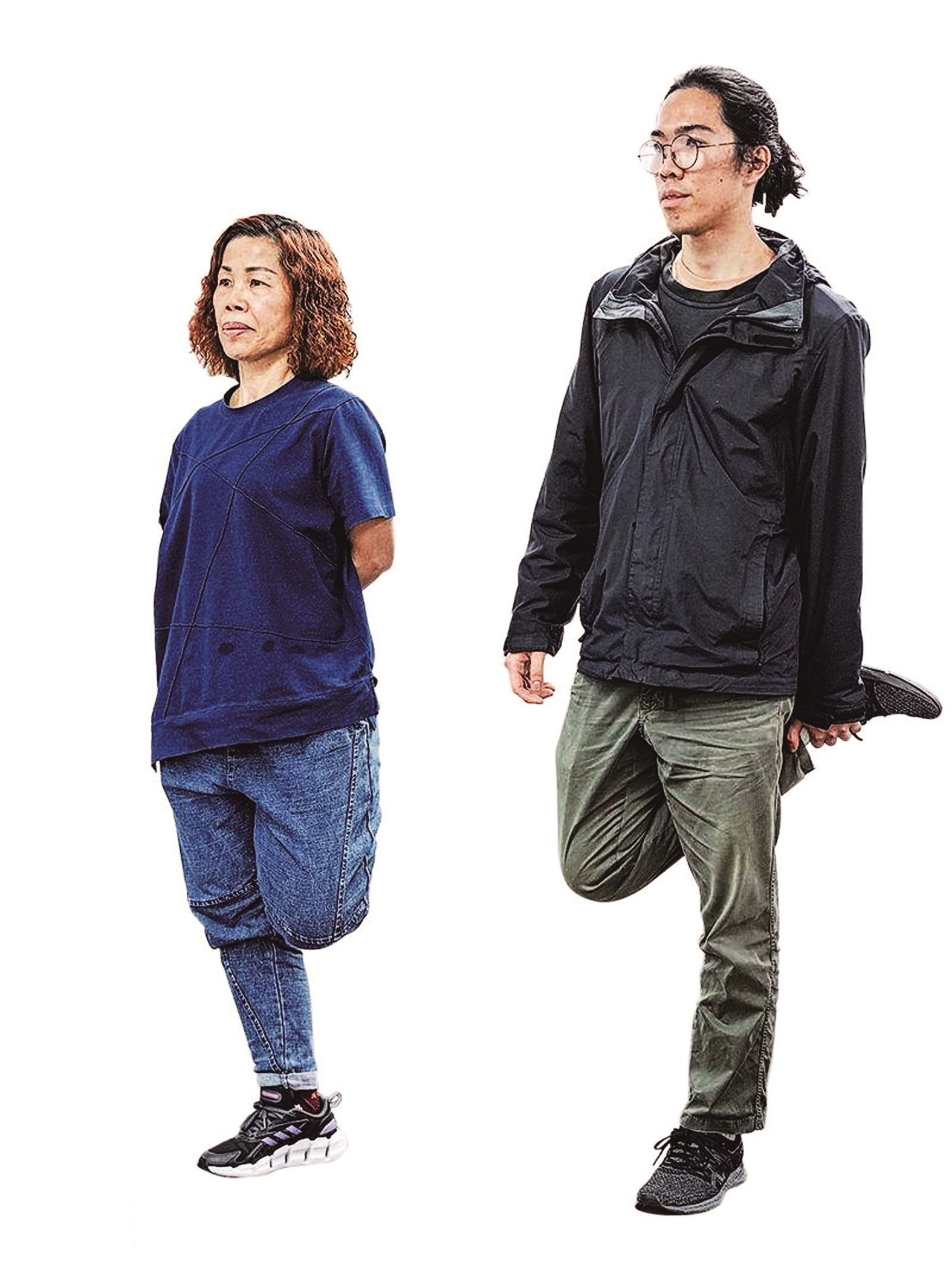
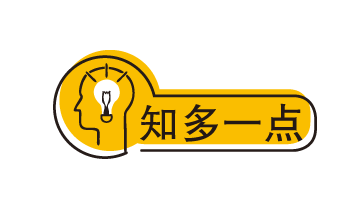
Reduce pain to tolerable range
Improve muscle strength starting from life
Li Yanting has seen many cases like Jia Zhen, who suffered from pain and illness in old age, which affected her mood.
Some people seek help from traditional Chinese medicine, acupuncture or massage, while others may be referred to physiotherapy through specialist outpatient clinics.
However, the public medical system always has the old problem of long waiting times. When the service finally arrives, patients tend to give up treatment because their pain improves for a while.
Chronic Pain Is Good and Bad
Jia Zhen also noticed that if she is in a cheerful mood, the pain will decrease, and the location of the pain will change from time to time. “Good times and bad times” are the characteristics of chronic pain. Do you still need to seek treatment when there is no attack? Li Yanting’s answer is that if she asks herself that she has not done anything to reduce the pain, but the pain recurs, she still needs to see a doctor.
“After trying for a while, the pain went away, and then it hurt again. This is already a warning sign and needs to be treated.” She suggested that after realizing the pain problem, you should seek help from a doctor or physical therapy service.
There are many self-help methods. Is it okay to learn Lajin movements from online resources? “Knee pain is like this, but not everyone has an accident with that muscle? Of course you are right to follow, but will there be such a big improvement? It varies from person to person.”
Li Yanting said that it is always necessary for professionals to point out the problem. Fitness coach Zhe sir added that Jia Zhen already knows some stretching movements, but the posture needs to be adjusted so that the muscles related to pain can be stretched more accurately. What’s more important is to cultivate the habit of exercise. As long as you feel the effect, you will automatically and consciously stretch the muscles even if there is no special supervision.
Li Yanting praised Jia Zhen for being diligent in reviewing what she had learned at home. Although she had completed the plan in March this year, she still uses the time before going to work to stretch after getting up at 5:00 every morning.
I will not pursue no pain at all
When Jia Zhen was interviewed, she had just completed 11 consecutive mornings of work. The reporter couldn’t help asking whether it would be more ideal to reserve a full day of rest in order to deal with the pain.
Li Yanting agreed and explained that with age, metabolism and muscle recovery time are longer. Even if the advice given from a professional perspective may be the best for health, the patient’s living habits must be considered. For example, Jia Zhen prefers to work half a day every day.
“None of us will force it. It depends on whether their lives can be accommodated. Just like you (Jia Zhen) said, it will be very uncomfortable not to go to work for a day.”
Selling vegetables inevitably stands for a long time. Jia Zhen followed the advice of the physical therapist and moved her feet and ankles during work so that the joints would not be tensed for a long time.
Many chronic pain patients reported to Li Yanting: “The doctor said that I can’t be saved, and nothing can be done.”
Simply attributing pain to “degeneration” sometimes makes patients negative and discourages treatment. Li Yanting pointed out that pain is not necessarily directly related to degeneration, and can be treated by improving muscle strength and living habits. Even if there is degeneration, the symptoms can be alleviated. At the same time, patients must have a reasonable expectation, “We have been in pain for a long time, and we will not pursue no pain at all and return to our youth.”
Li Yanting said that the goal is to reduce the pain to a tolerable and manageable range and maintain the quality of life.
Jia Zhen has been stretching and exercising at home every day, and now even if she has pain from time to time, she can continue to sell vegetables in the morning and dance in the afternoon. She said with a smile: “At my age, I want to play for a few more years.”
1/Sit low and stand (training quadriceps strength on the front of the thigh) moves: use the thigh muscles to sit down slowly from the standing position, and then slowly stand up from the chair. Repeat 10 times as a group, do 3 groups.
Tips: At the beginning, pillows can be placed to raise the chair, and the pillows can only be removed after the movement is mastered. The lower the chair, the higher the difficulty.
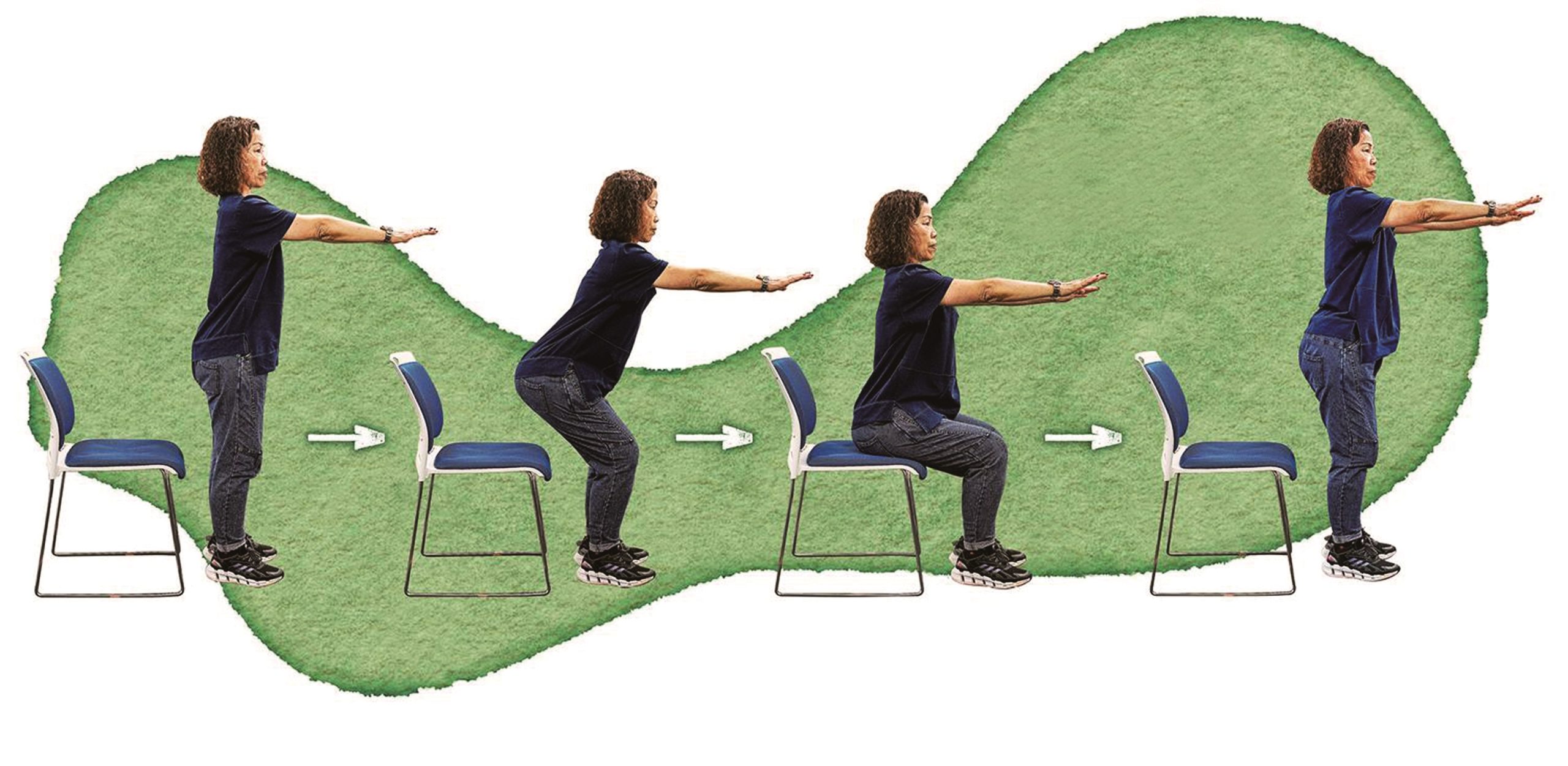
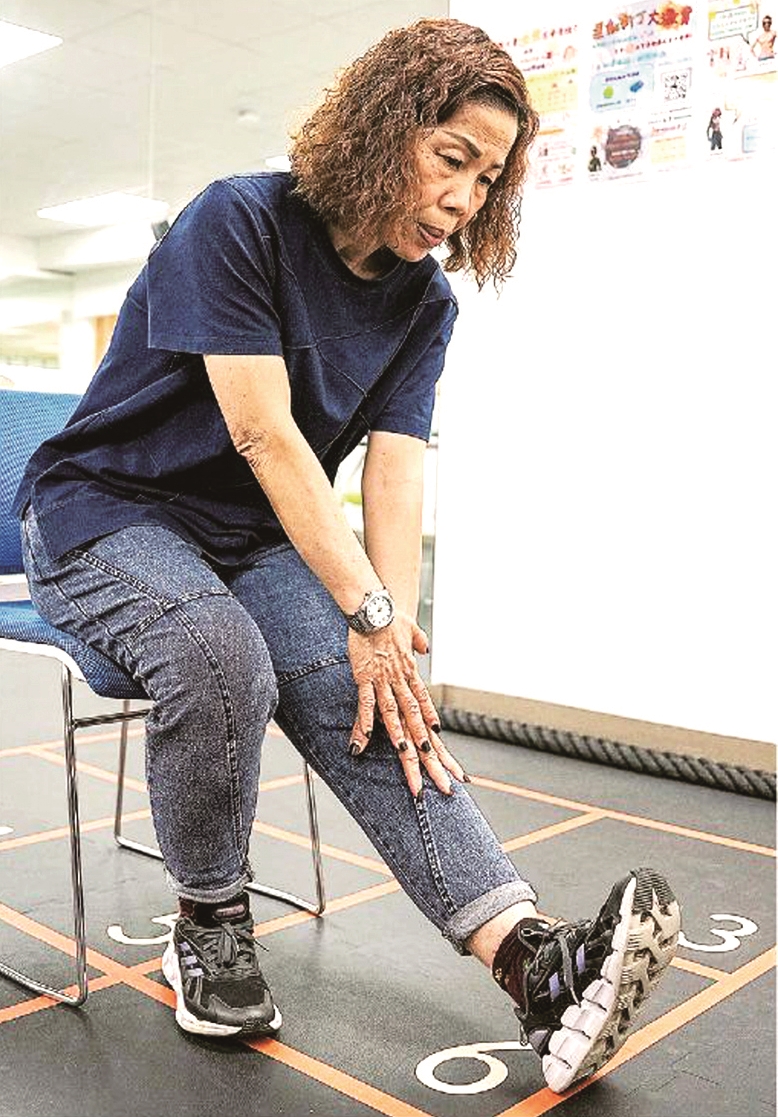
2/ Stretching moves on the back of the thigh: Sit with one leg straight, with the heel on the ground. Overlap your hands on your calves and slowly stretch forward until you feel a pull on the back of your thighs. Hold for 20 seconds on each side.
(Note: If you feel pain and discomfort, you should stop immediately and seek professional assistance.)
therapy added to exercise
Improve pain on your own
The pain management plan designed for Jiazhen initially focused on physical therapy, including the use of electrotherapy machines to relieve pain, and the performance of stretching muscles will be better after relaxing the muscles. The electrotherapy machine seems to solve the pain in one step, but it will cause dependence, and the patient will become passive in the long run. Therefore, the “Pain” passer-by program emphasizes that every treatment requires exercise to change the patient’s consciousness and improve the pain by one’s own efforts.
After Jia Zhen completed the third and fourth sessions of physical therapy, her pain has improved significantly, so it is appropriate to add more exercise elements. In the later stage of the plan, the exercise therapy performed by Zhe sir will be the main one.
After each treatment, she will be given homework, and she will review 6 to 7 sets of movements at home, covering muscle strengthening and stretching, and pinching pain problems. On the day of the interview, Sir Zhe tested Jia Zhen on the spot, and she demonstrated to readers two movements (see pictures), which can strengthen the thigh muscles and protect the joints. You can follow them at home with or without pain.
[ad_2]
Source link

![[Love Wants Sexual Happiness Series 358]Find the culprit and overcome psychogenic erectile dysfunction. Don’t let pressure affect your sexual happiness.](https://chinathenews.com/wp-content/uploads/2024/04/171111-780x420.jpg)

![[Wanqingyi Care]My health, my rights, customized medical methods in the last stage of life](https://chinathenews.com/wp-content/uploads/2024/04/ZZ1-100-780x420.jpg)
![[Kidney Transplantation Special Topic]The survival rate of transplanted kidneys is high without dialysis treatment three times a week](https://chinathenews.com/wp-content/uploads/2024/04/1311-780x420.jpg)



